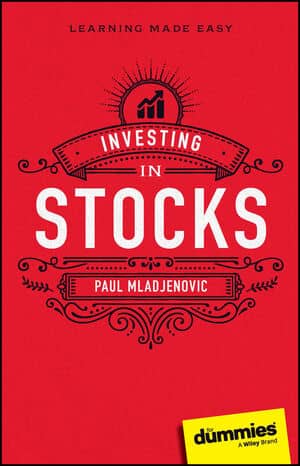The good news is that every kind of stock market indicator works, at least some of the time. Moving average indicators, channel breakouts, trading in a three-to-five-day time frame with candlestick analysis all work. But indicators only indicate. They don’t dictate the next price move.
All newcomers to technical analysis (and many old hands, as well) tend to lose sight of the limitations of indicators. Folklore says that technical traders are always seeking the Holy Grail, or the perfect indicator or combination of indicators that is right 100 percent of the time. It doesn’t exist. One of the reasons it doesn’t exist is that you are different from the next guy. Equally important, you change over time. The ideal indicator that delivered great profits ten years ago is one that you now avoid as carrying too much risk. In other words, an indicator is only what you make of it — how you apply it.
How you use an indicator isn’t set by the indicator itself, but by the trading rules you use. Indicators and trading rules have a chicken-and-egg relationship. The process of selecting and using indicators involves not only the characteristics of the indicator, but also a consideration of the trading rules you must employ to make the indicator work properly for you.
For example, you may like an indicator but find it generates too many trades in a fixed period, so you don’t execute every single signal. Someone else may use the identical indicator, but instead of overriding indicator signals with personal judgment like you, he modifies the exact timing of trades by using a second indicator.
Modifying indicators with trading rules is always better than overriding them. To override your indicator haphazardly is self-defeating. You’re letting emotion back in. Plus, you won’t get the expected result from the indicator — and then you’ll blame the indicator.
Fortunately, most indicators are fairly flexible. They can be adapted to fit the trading style you prefer, such as the frequency of your trades. Indicators are about price-move measurement. Trading rules are about you and your tolerance for risk. Trading rules must be appropriate to the indicators you choose. In short, don’t pick indicators that you can’t follow, like a momentum indicator that gives ten trading signals per month when you don’t have the time or inclination to trade that often.

